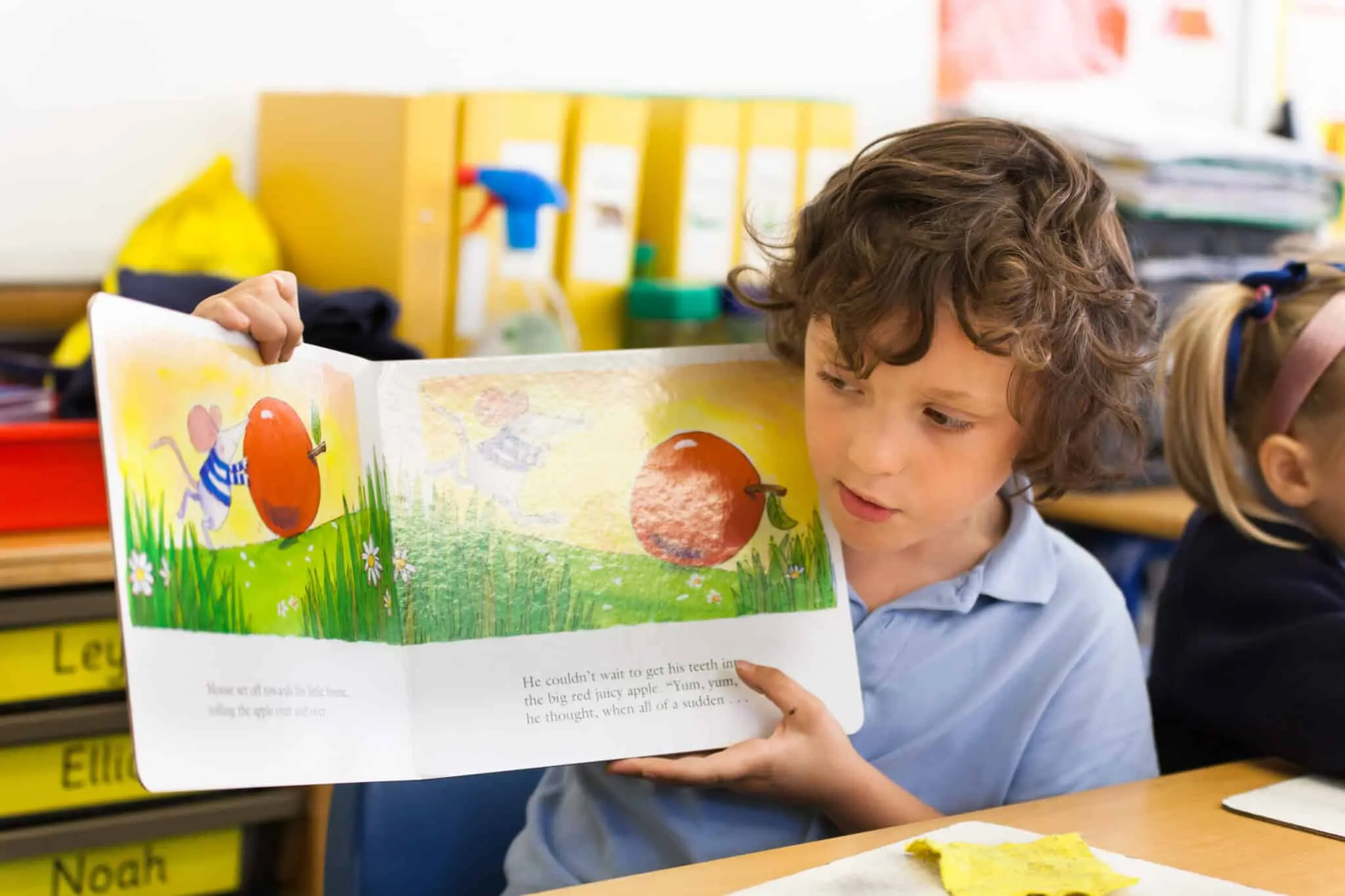February 26, 2015
The seventh annual What Kids Are Reading report was published today. The report draws on data from over 580,000 British school children. Between them, they have read – and taken an Accelerated Reader quiz on – well over 9.3 million books. This is the largest data bank of students’ reading habits in the United Kingdom. Uniquely, it reveals which books students have actually read (not just borrowed or bought).
Under-challenged from age 11
The report is written by Keith Topping, professor of educational and social research at Dundee University. Commenting on the findings, he identifies a worrying trend with students at secondary level not facing an adequate challenge in the literature they read:
This year’s findings reveal a sharp contrast in the difficulty rating between primary and secondary pupils. Primary School pupils, particularly in Years 1-5 show a strong preference for challenging books which are significantly beyond their natural reading age. We then see a marked difference in Year 7 where favoured books are no longer above chronological age, but six months below it and in ensuing years the difficulty of books plateaus or declines.
Data from the report shows that children from the age of 11 are reading books below their natural reading age, suggesting that they are not being challenged by what they are reading. This deficit is compounded each year, meaning that students in Year 13 are reading at a level almost eight years below what would be expected.

Other key findings
Regional gaps narrowing
There is some positive news from Northern Ireland and Wales. The previous report showed a noticeable difference in the level of complexity of books being read by children in different regions of the UK. For 2015, those differences have largely evened out. Children in Northern Ireland and Wales, for example, had been reading books that were less challenging than those of their peers in England and Scotland. This year the gap has significantly narrowed overall.
Variety in children’s favourites
There are striking differences between the books that children read most often and those that they most enjoy reading. A ubiquitous presence on the lists of books read most often, Jeff Kinney features just once on the tables of most-loved books (and Roald Dahl not at all). David Walliams is alone in featuring strongly on both lists.
Trends in non-fiction reading
The What Kids Are Reading report shows that the large quantity of good-quality non-fiction books available to them aren’t making their way into children’s hands. The report also reveals that what little non-fiction reading that children actually do is limited to a few narrow subjects areas.
Secondary slowdown
The number of words children read increases year-on-year through the Primary phase, peaking at more than 250,000 words per year in Year 6. This is very encouraging news for primary schools, but a big concern for secondaries. From Year 7 onwards, the number of words read declines year-on-year. By the time children are preparing to take their GCSEs they are likely to read only as much as the average 8-year-old.
Inside the full report:
- Top twenty most read books for girls and boys by year group
- Most read books for high-achieving and struggling students
- Contributions from leading authors and children’s literacy experts
Browse more findings and download the report from whatkidsarereading.co.uk.


